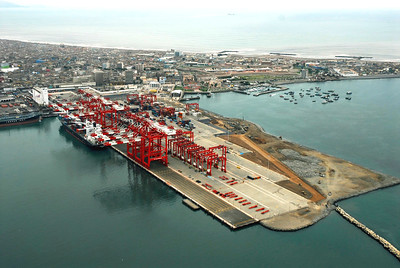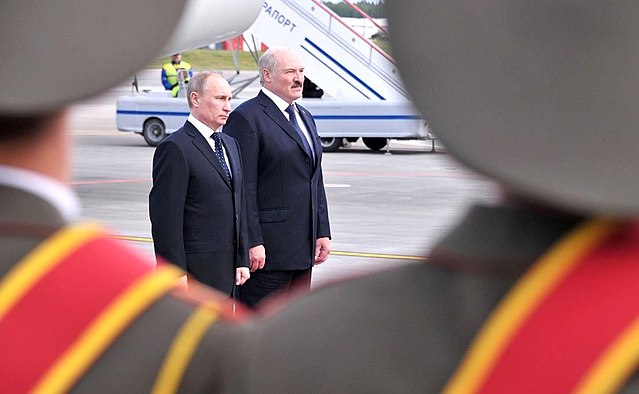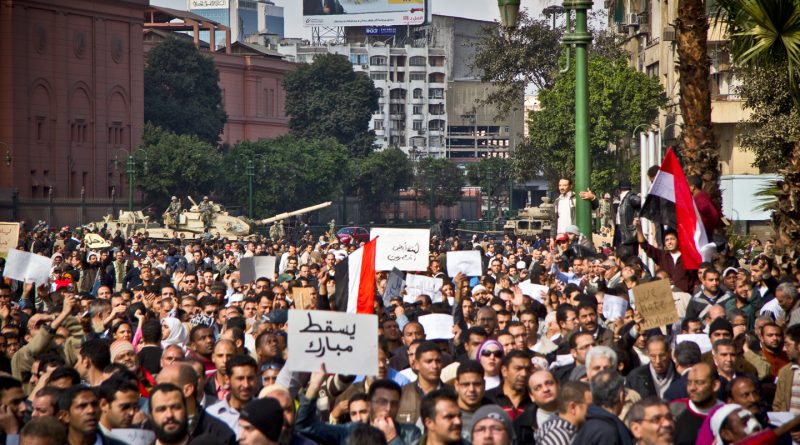Cyber Warfare in Gaza
The Israel-Gaza conflict that has plagued the region since the creation of the Israeli state has been characterized by intense ground battles as well as airstrikes and political upheaval, resulting in the deaths of tens of thousands of military personnel and civilians, according to the United Nations Office for the Coordination of Humanitarian Affairs.
Read More





